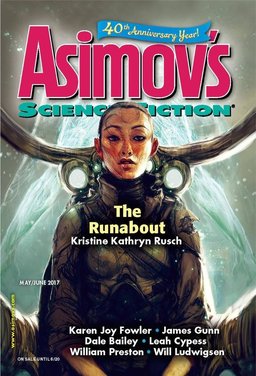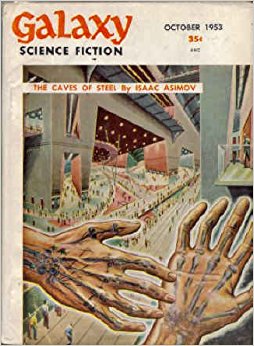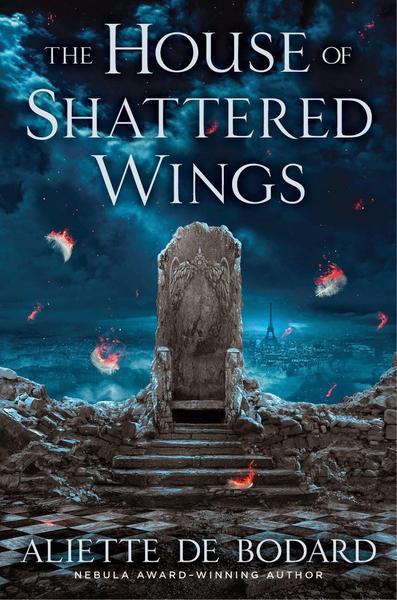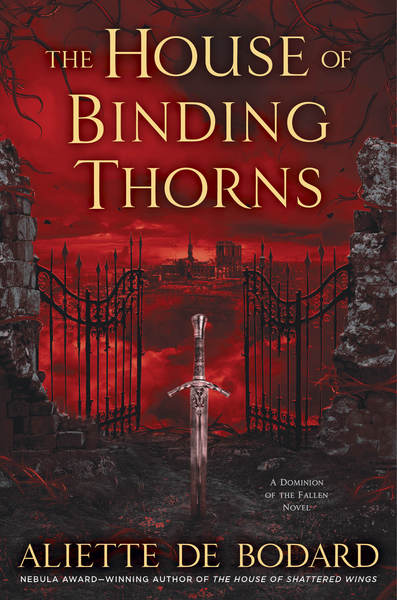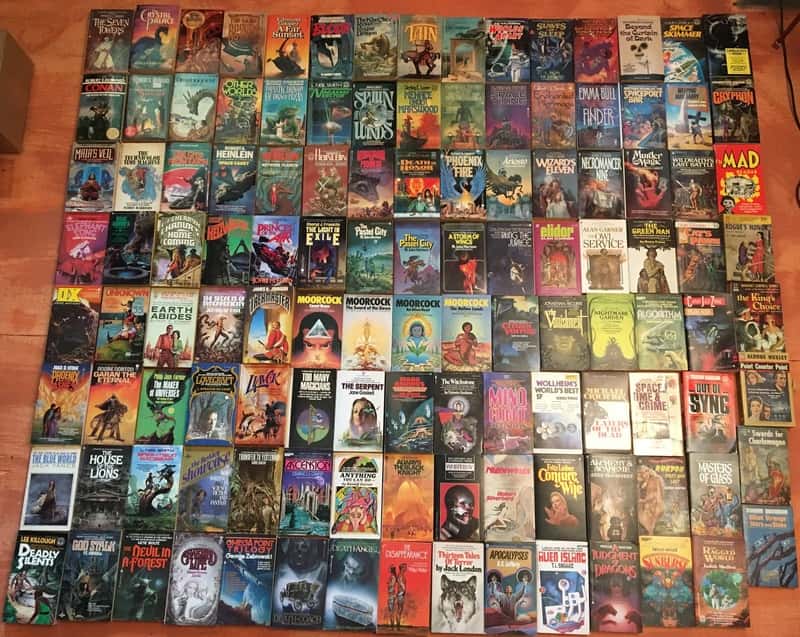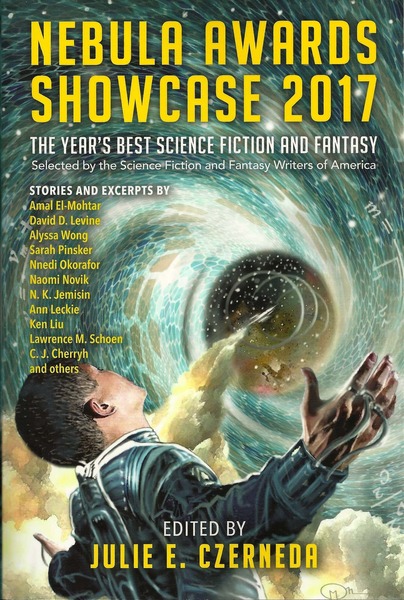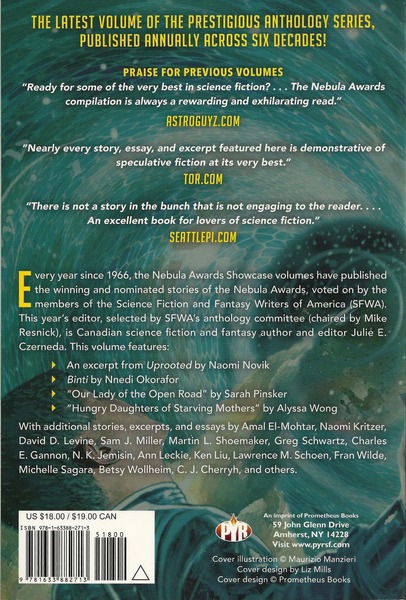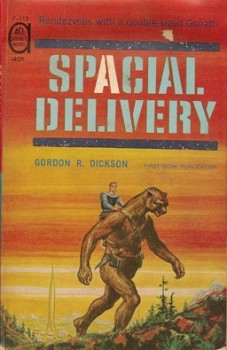Black Gate Online Fiction: Pirates in Hell, edited by Janet Morris and Chris Morris
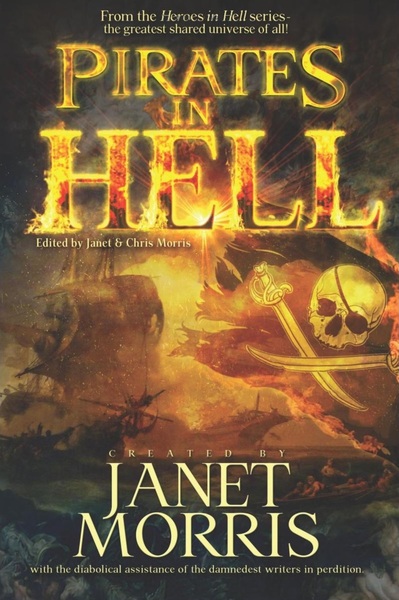 |
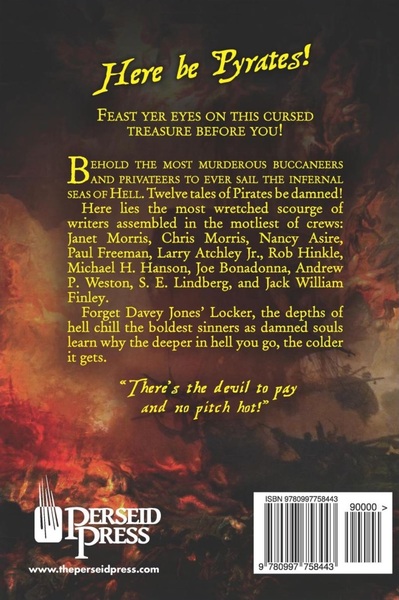 |
Black Gate is very pleased to offer our readers an exclusive excerpt from Pirates in Hell, the newest anthology from Janet & Chris Morris. “Goat-Beard the Pirate, Part 2: Evil Angel” is a 4,000-word free-standing excerpt from a 3-part tale. It is written by Janet Morris and Chris Morris.
Rearing high above the combers, it towered, a tidal beast that arched itself, then plunged upon the Argo, swallowing ship and sailors whole. One baleful orb of blackest ice blinked like an eye. Rising anew, its mouth dripped chunks of seafarers and splinters of the Argo’s hull.
The leviathan swept its head from side to side, as if browsing. Its maw gaped wide. Its neck arced down, obscuring the entire ridge with inky shadow. A thundery roar like the sea enraged came from that throat and stunned those yet standing. All tried to flee, the four strangers and Medea in the lead. Some screamed. Some dropped their puny weapons to the ground and crawled the turf.
But the leviathan gaped once more, as if it would eat the ridge entire and all upon it. That maw from the Deep quested, then snapped shut, swallowing Jason and his crew with weapons bristling, the fire-pit, the Colchian standard, and nearly the sorceress as well.
The complete catalog of Black Gate Online Fiction, including stories by Mark Rigney, John Fultz, Jon Sprunk, Tara Cardinal and Alex Bledsoe, E.E. Knight, Vaughn Heppner, Howard Andrew Jones, David Evan Harris, John C. Hocking, Michael Shea, Aaron Bradford Starr, Martha Wells, Nina Kiriki Hoffman, C.S.E. Cooney, and many others, is here.
Pirates in Hell in the 20th volume of the Heroes in Hell series. It was published by Perseid Press on April 12, 2017.
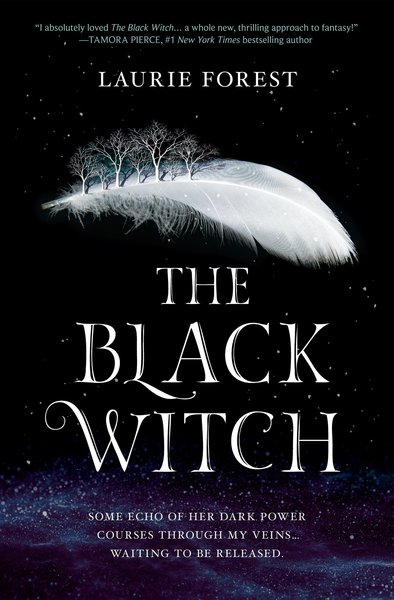
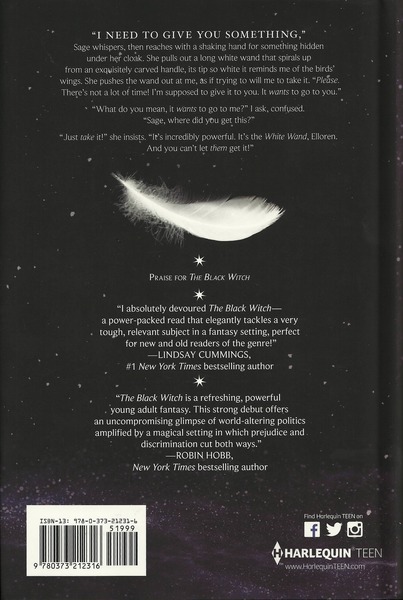
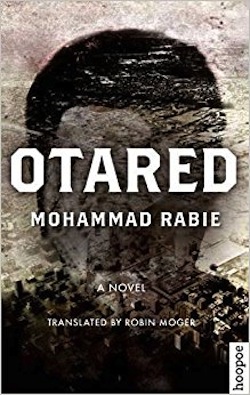 One pleasant stop on my recent trip to Cairo was the American University’s bookshop near Tahrir Square. It’s a treasure trove of books on Egyptology and Egyptian fiction in translation. Among the titles I picked up was the dystopian novel
One pleasant stop on my recent trip to Cairo was the American University’s bookshop near Tahrir Square. It’s a treasure trove of books on Egyptology and Egyptian fiction in translation. Among the titles I picked up was the dystopian novel 